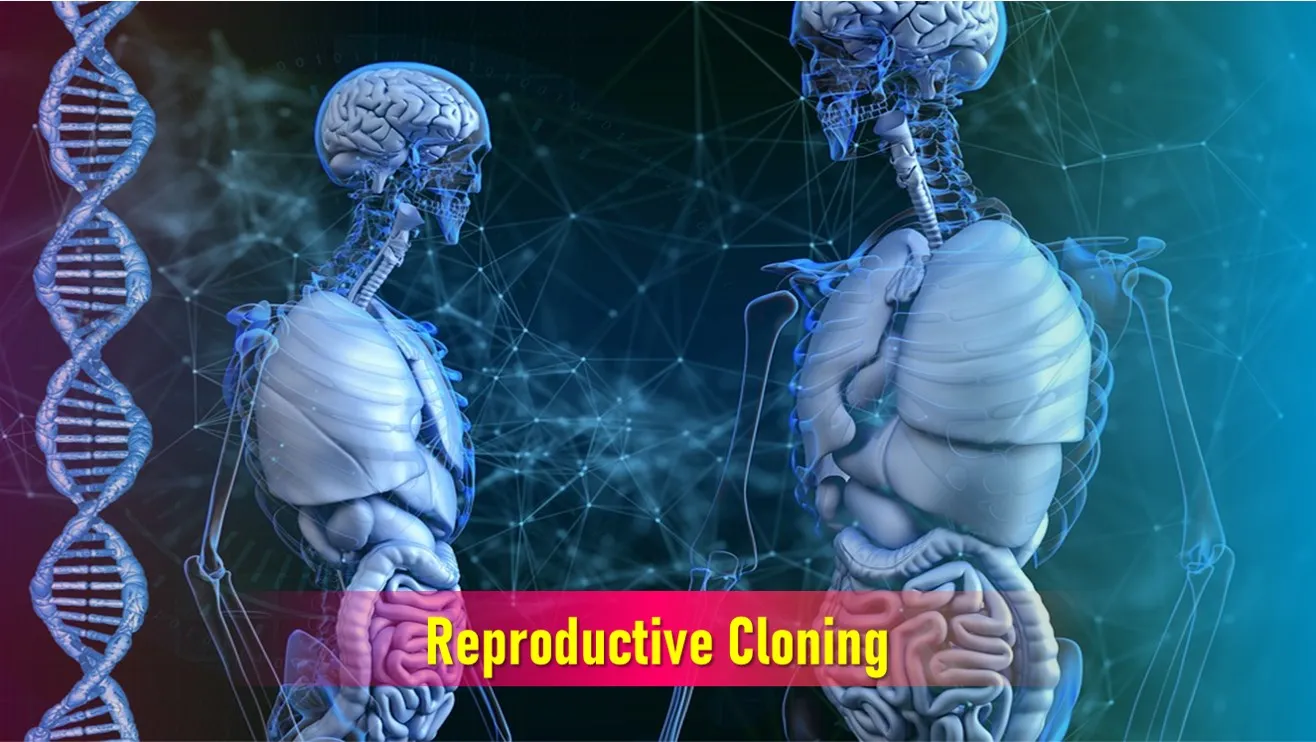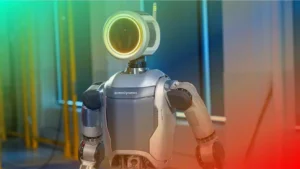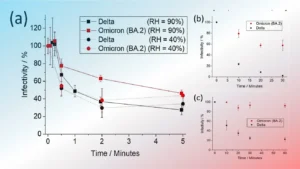What is Reproductive Cloning?
Reproductive cloning is a scientific technique used to create an organism that is genetically identical to another. This process involves taking the nucleus of a somatic cell from the donor organism and transferring it into an egg cell that has had its nucleus removed. The resulting embryo is then implanted into a surrogate mother where it develops and eventually gives birth to an offspring genetically identical to the donor.
What is Cloning?
The term cloning describes a number of different processes that can be used to produce genetically identical copies of a biological entity. The copied material, which has the same genetic makeup as the original, is referred to as a clone.
Types of Cloning
There are three different types of cloning:
- Gene cloning: creates copies of genes or segments of DNA.
- Reproductive cloning: creates copies of whole animals.
- Therapeutic cloning: produces embryonic stem cells for experiments aimed at creating tissues to replace injured or diseased tissues.
Methods Used for Reproductive Cloning
Cloning Using Somatic Cell Nuclear Transfer (SCNT)
- The procedure starts with the removal of the chromosomes from an egg to create an enucleated egg.
- The chromosomes are replaced with a nucleus taken from a somatic (body) cell of the individual or embryo to be cloned. This cell could be obtained directly from the individual, from cells grown in culture, or from frozen tissue.
- The egg is then stimulated, and in some cases it starts to divide. If that happens, a series of sequential cell divisions leads to the formation of a blastocyst, or preimplantation embryo.
- The blastocyst is then transferred to the uterus of an animal.
- The successful implantation of the blastocyst in a uterus can result in its further development, culminating sometimes in the birth of an animal.
- This animal will be a clone of the individual that was the donor of the nucleus.
- SCNT was the method used to create Dolly the Sheep.
Cloning by Embryo Splitting
- This procedure begins with in vitro fertilization (IVF). The zygote divides into two and then four identical cells.
- At this stage, the cells can be separated and allowed to develop into separate but identical blastocysts, which can then be implanted in a uterus.
- The limited developmental potential of the cells means that the procedure cannot be repeated, so embryo splitting can yield only two identical individuals and probably no more than four identical humans.
Production of Cloned Sheep Dolly
- In 1996, Ian Wilmut and his colleagues at the Roslin Institute in Edinburgh, Scotland had successfully cloned a sheep named Dolly. Dolly was the first cloned mammal.
- Wilmut and his colleagues transplanted a nucleus from a mammary gland cell of a Finn Dorsett sheep into the enucleated egg of a Scottish blackface ewe.
- The nucleus-egg combination was stimulated with electricity to fuse the two and to stimulate cell division.
- The new cell was divided and was placed in the uterus of a surrogate mother blackface ewe to develop. Dolly was born months later.
- The lamb, Dolly, was an exact genetic replica of the adult female sheep that donated the somatic cell nucleus to the egg. She was the first-ever mammal to be cloned from an adult somatic cell.
Risks of Cloning
High failure rate due to one of the following reasons
- The enucleated egg and the transferred nucleus may not be compatible.
- Implantation of the embryo into the surrogate mother might fail.
- The pregnancy itself might fail.
- Problems during later development.
Large Offspring Syndrome
- Cloned animals that do survive tend to be much bigger at birth than their natural counterparts. This condition is called “Large Offspring Syndrome” (LOS).
- Clones with LOS have abnormally large organs. This leads to breathing, blood flow and other problems.
Telomere differences
- Cloned animals show differences in telomere length compared to naturally born animals. Therefore, they tend to age faster.
Ethical Issues Related to Cloning
Reproductive cloning would present the potential of creating a human that is genetically identical to another person who has previously existed or who still exists.
- This may conflict with long-standing religious and societal values about human dignity, possibly infringing upon principles of individual freedom, identity and autonomy.
Therapeutic cloning, while offering the potential for treating humans suffering from disease or injury, would require the destruction of human embryos in the test tube.
- Opponents argue that using this technique to collect embryonic stem cells is wrong, regardless of whether such cells are used to benefit sick or injured people.
Also Read:
What are Stem Cells and its types with some Applications
What is Recombinant DNA Technology ? Applications of rDNA Technology












1 thought on “What is Reproductive Cloning and How does it works?”